The Large Binocular Telescope (LBT) is an optical telescope located on Mount Graham at an altitude of 3,200 meters in the Pinaleno Mountains of southeastern Arizona. Its design was inspired by the more modest optical equipment we usually carry around the neck. The Large Binocular Telescope has two identical 8.4 m telescopes mounted side-by-side on a common base that has the same light gathering ability as an 11.8 m wide single circular telescope and the resolving power of a 22.8 m wide one. The binocular design, combined with advanced adaptive optics, gives the telescope exceptional sensitivity for the detection of faint objects. The LBT is currently one of the world’s highest resolution and most technologically advanced optical telescopes.
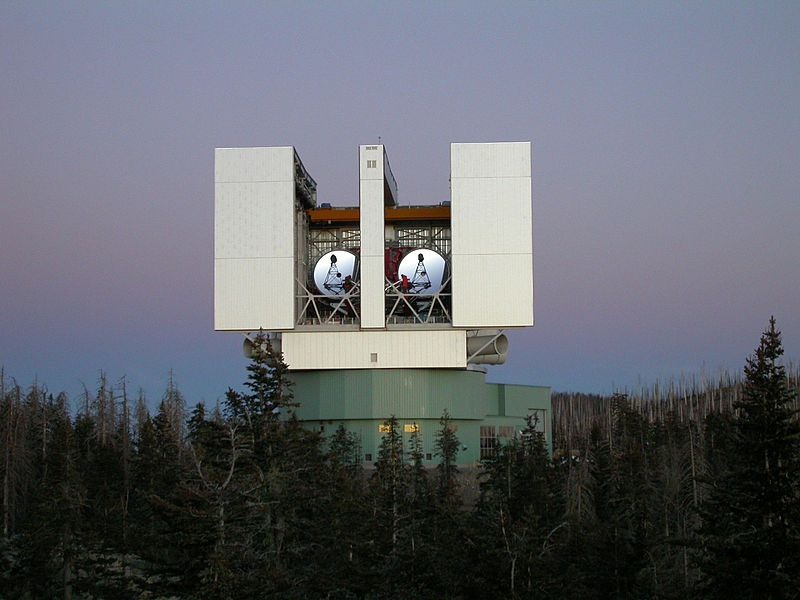
Photo credit: NASA/Wikimedia Commons
Especially praiseworthy is the adaptive optics device, called the First Light Adaptive Optics system. Traditional ground based telescope has to see through the Earth’s thick atmosphere that absorbs a significant amount of light before it reaches the telescope’s mirrors. But the real problem is wavefront distortion caused by atmospheric instability that distorts the light passing through much the way water blurs the view from the bottom of a swimming pool.
To correct atmospheric distortion, astronomers use adaptive optics technology. The LBT has a very thin secondary mirror that can be easily deformed by devices pushing on the 672 tiny magnets glued to its back. A special wavefront sensor measures atmospheric distortions in real time. A computer then calculates the optimal mirror shape required to correct the distortions and the surface of the mirror is suitably adjusted to compensate the distortion. The mirror can make adjustments every one-thousandth of a second, with accuracy to better than ten nanometers.
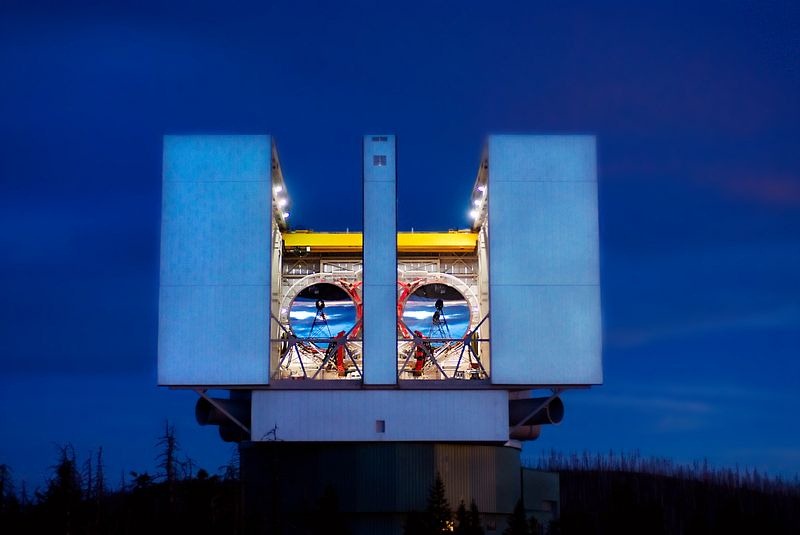
Image sharpness is measured in Strehl ratio, where 100 percent represents a perfect image. In the initial testing phase, the LBT’s adaptive optics system achieved unprecedented Strehl Ratios of 84 percent, when existing adaptive optics systems on other major telescopes today score between 30 percent to 50 percent in the near-infrared wavelengths where the testing was conducted.
“The results on the first night were so extraordinary that we thought it might be a fluke, but every night since then the adaptive optics have continued to exceed all expectations,” said astronomer Simone Esposito,of the Istituto Nazionale di Astrofisica (INAF) who collaborated with the University of Arizona’s Steward Observatory to build the adaptive optics device. “These results were achieved using only one of LBT’s mirrors. Imagine the potential when we have adaptive optics on both of LBT’s giant eyes.”
When compared to images taken by the Hubble Space Telescope, LBT’s images were three times as much sharper. When light from both mirrors are combined, the LBT is expected to achieve image sharpness ten times that of the Hubble.


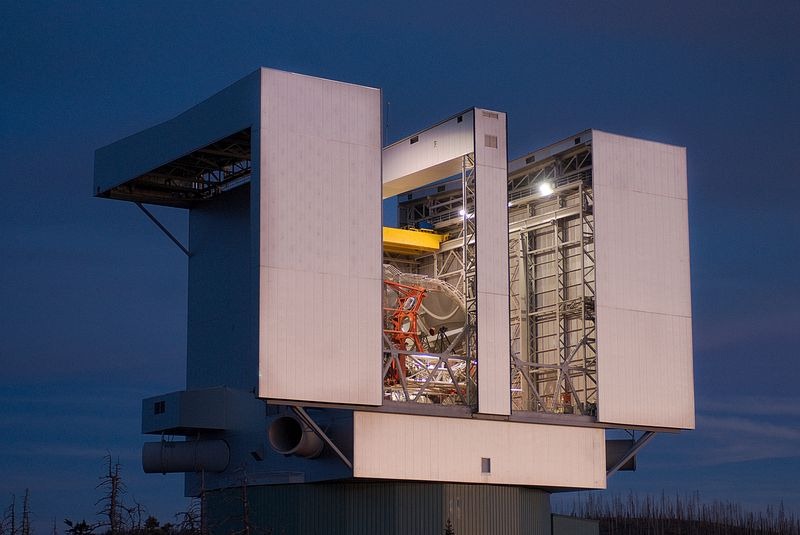
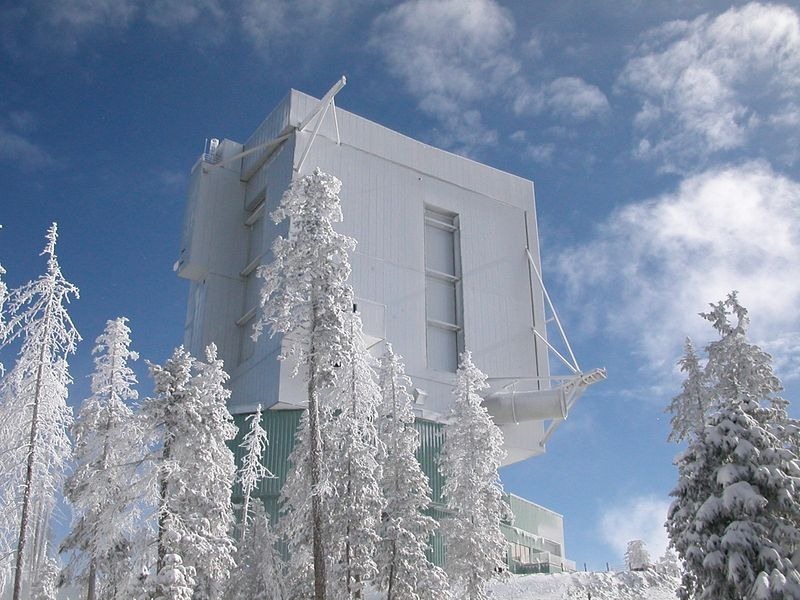
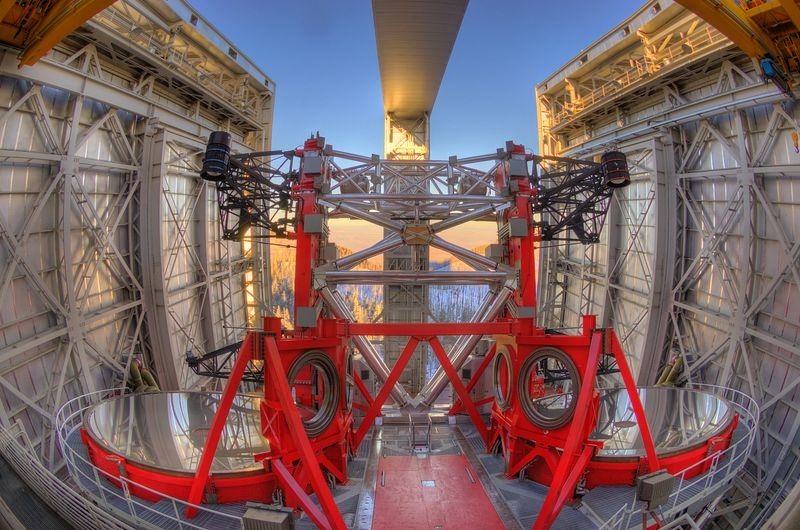

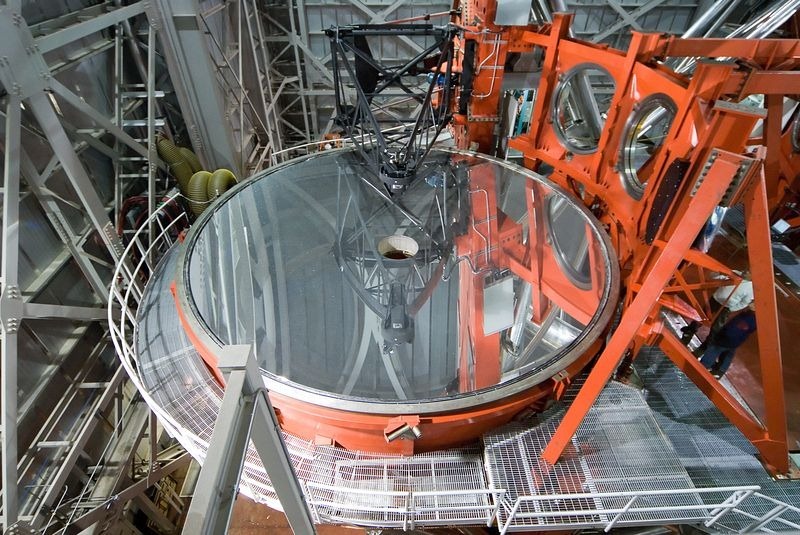




Comments
Post a Comment